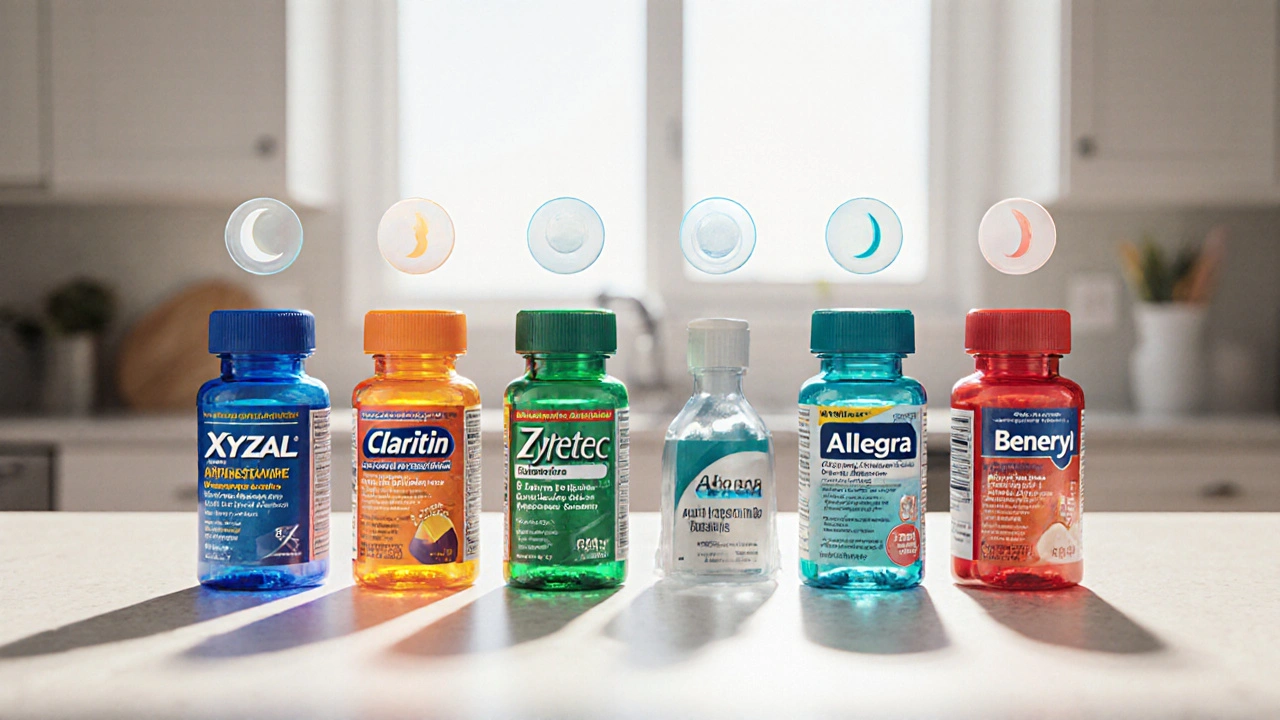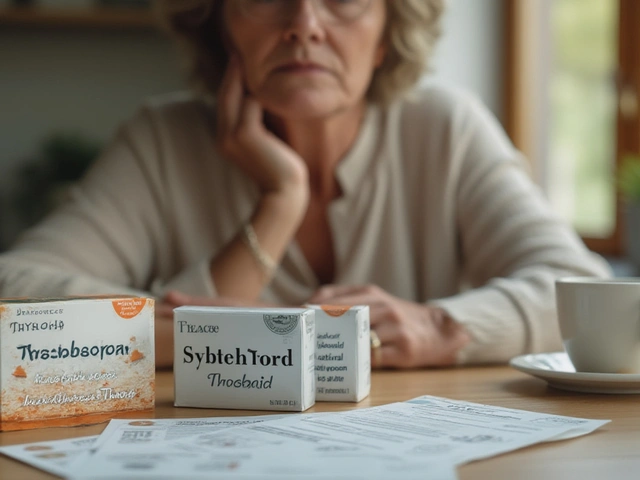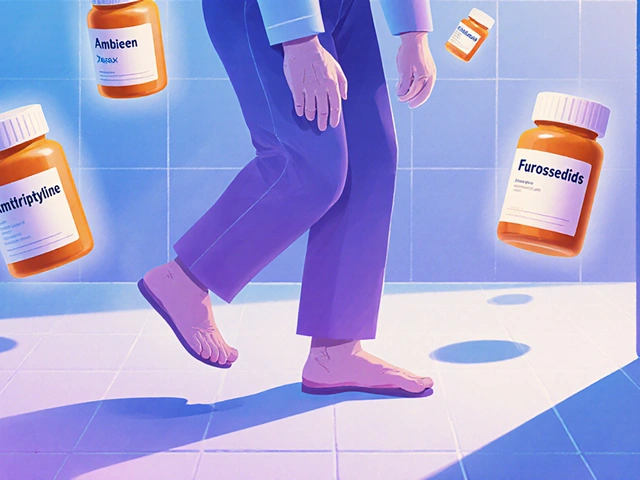The Pros and Cons of Using Tadalafil for ED Treatment
April 30 2023Levocetirizine: What It Is and How It Helps with Allergies
When working with Levocetirizine, a second‑generation antihistamine that eases sneezing, runny nose, and itchy eyes. Also known as Xyzal, it blocks the Histamine H1 receptor, the protein that triggers allergy symptoms when histamine binds to it. In plain terms, levocetirizine stops the body’s allergic alarm before it even rings.
Why does that matter? Because Allergic rhinitis, a common form of seasonal allergy that causes a runny nose, congestion, and watery eyes is one of the main reasons people reach for an antihistamine. Antihistamines, a class of drugs that block histamine receptors to relieve allergy symptoms come in two flavors: first‑generation, which often makes you sleepy, and second‑generation, like levocetirizine, which keeps you alert. The difference is the drug’s ability to cross the blood‑brain barrier; levocetirizine stays mostly out of the brain, so you get relief without the drowsy crash.
That makes levocetirizine a go‑to for both everyday allergy sufferers and people dealing with chronic hives (urticaria). By binding to the H1 receptor, it reduces the release of inflammatory mediators that cause itchy welts. In practice, users report fewer nighttime awakenings and smoother days at work or school. The typical adult dose is 5 mg once daily, taken with or without food, and it works within an hour for most people. Children over 6 can use a lower dose, but it’s always best to check with a healthcare professional first.
Practical Tips and Common Questions
Here are a few quick pointers that often come up when people consider levocetirizine. First, if you’re already on another antihistamine or a medication that can cause drowsiness, talk to your pharmacist—mixing can amplify side effects. Second, kidney function matters: the drug is cleared through the kidneys, so dose adjustments are needed for reduced kidney clearance. Third, while levocetirizine is generally safe, a small percentage of users experience mild dry mouth, headache, or a slight taste disturbance. If any symptom feels severe or lasts more than a week, reach out to your doctor.
Understanding the context of your allergy can also guide treatment. Distinguishing between a viral cold and allergic rhinitis is key; a cold usually comes with sore throat, fever, and mucus that changes color, while allergies produce clear, watery discharge and itchy eyes. Knowing the cause can help you decide whether an antihistamine like levocetirizine or another approach (like a nasal steroid spray) is best.
Finally, remember that levocetirizine isn’t a cure—it manages symptoms while you’re exposed to allergens. Pair it with lifestyle steps: keep windows closed during high pollen days, use air purifiers, and wash bedding regularly. Together, these habits plus the right medication keep your days comfortable and your nights uninterrupted.
Below you’ll find a curated list of articles that dive deeper into related topics—everything from comparing levocetirizine with other antihistamines to practical buying guides for generic versions. Explore the collection to get the full picture and make informed choices about your allergy care.
 6 Oct
6 Oct
Xyzal vs. Other Antihistamines: Which Allergy Reliever Is Best?
Compare Xyzal (levocetirizine) with common antihistamines like Claritin, Zyrtec, Allegra and Benadryl. Find out which works best, costs, side‑effects, and how to choose the right allergy relief.
Read More...




